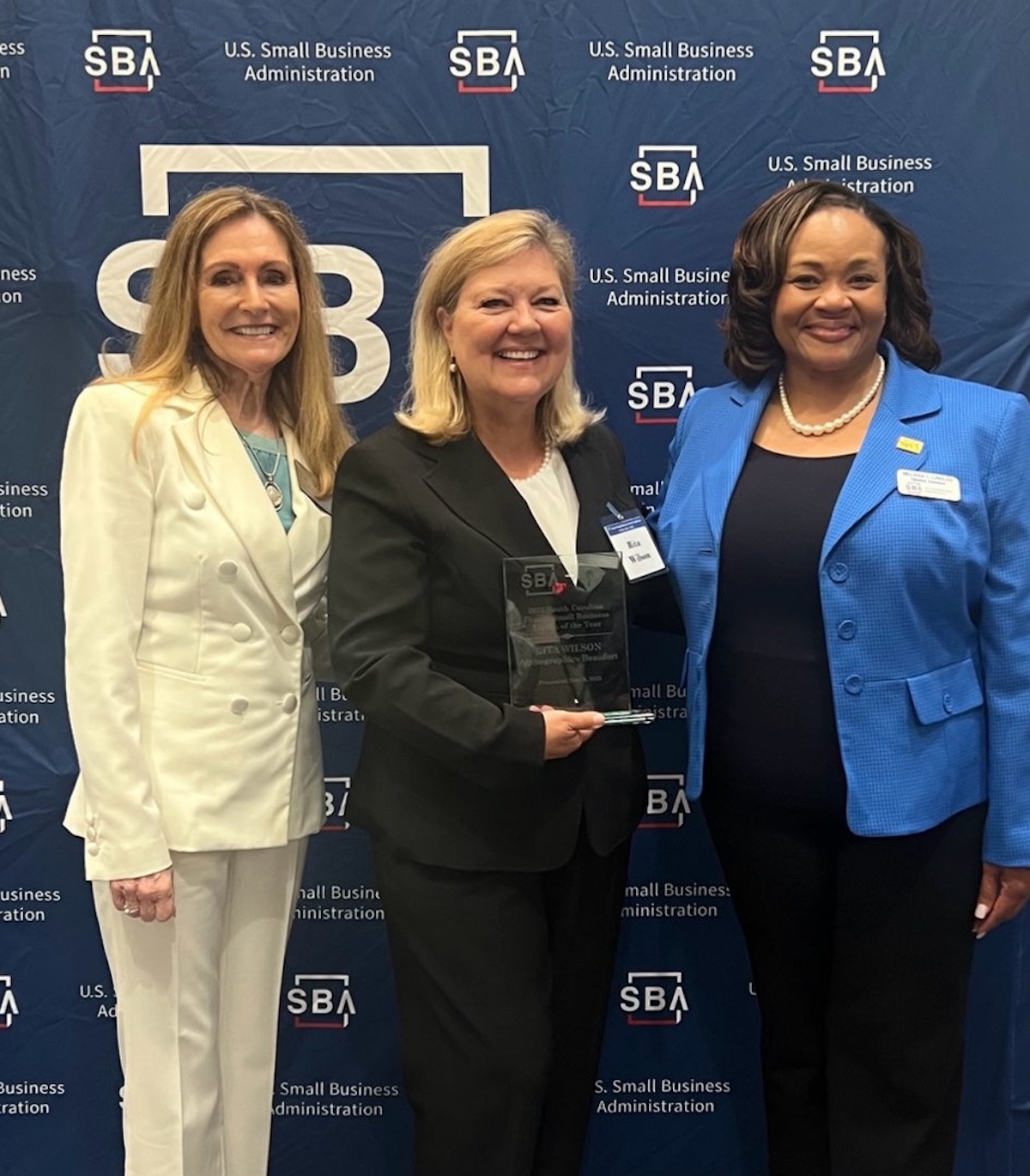Provided by Wells Fargo Advisors
For millions of unpaid U.S. caregivers, finding a healthy balance between taking care of children and elderly loved ones is a constant challenge—and often a drain on time, health, and finances.
According to a 2017 report from Transamerica Institute, 74 percent surveyed have been caregivers for one or more years, with 27 percent providing care for five or more years. Caregiving is a full-time job for many—even though 52 percent are already employed. Thirty-six percent of caregivers spend 100 or more hours per month on time-intensive duties including companionship, meal preparation, personal care, and feeding.¹
Additionally, the health of caregivers often takes a back seat to those they care for—55 percent admit their duties leave them physically and emotionally exhausted. Seventeen percent say their general health has declined since becoming a caregiver.
Which begs the question: “Who cares for the caregivers?”
If you’re a caregiver, or know someone who is, here are five time-and-money strategies to help manage everyone’s needs.
1. If you work, talk with your employer. Caring for family members can be a 24-hour-a-day responsibility, making it nearly impossible to coordinate with the demands of a full-time job. Among those who are employed or who have held jobs during their time as caregivers, approximately one-third have used personal, vacation, and sick-leave days for caregiving. Furthermore, depending on household income level, as many as one-fifth of caregivers have taken a leave of absence.¹
To find a better balance between your home and work life, discuss these options with your manager and human resources professional:
Determine if your situation qualifies for the Family and Medical Leave Act (FMLA). Under this federal law, your employer is required to protect your job while you take unpaid leave for qualified medical and family situations. Under FMLA, eligible employees can take 12 weeks of unpaid leave in a 12-month period.
Ask if your company has an Employee Assistance Program (EAP). Many companies have an EAP built into their benefit plans to assist with the challenges that come with caregiving. Benefits may include referrals to counseling services and support groups for caregivers as well as long-term care services for care recipients.
Adjust your work schedule or location. To help you stay productive in your job and be near your loved ones, talk with your manager about a flexible schedule or working from home—which can also save on commuting time and transportation expenses.
2. If others don’t volunteer their help—ask for it. Don’t assume—or let others assume—you can handle all the caregiving responsibilities alone. If family and friends volunteer help, take it. If they don’t offer, recruit others to ease the burden. Discuss with family members how much time, energy, and money each is able to contribute to your loved one’s care.
Post and share a caregiving chart that lists everyone’s tasks on a weekly or monthly basis. Every minute delegated is time back for you, so no task is insignificant—from your child playing a game with grandma to your sister taking your father to his doctor’s appointment.
3. Organize financial resources. A recent AARP study found U.S. caregivers spend an average $6,954 a year on out-of-pocket caregiving expenses.² Get a handle on all family financial resources and current living costs. Estimate outlays down the road and plan for emergencies (three or more months of income saved is a good goal). Use budgeting software to track your finances.
4. Take advantage of (free) resources providing assistance. Resources such as Eldercare.gov, Caregiver.com, AARP.org, and Medicare.gov can provide useful information and contacts. If you’re caring for someone on Medicaid, find out if your state offers a program that allows recipients to use benefits to pay caregivers. Also check with religious organizations and social services agencies in your community that may provide free or low-cost care or companionship for elderly adults.
5. Take care of yourself. Save for your future—don’t let supporting loved ones jeopardize your own long-term financial security. Contributions to 401(k) and pension plans, IRAs, and 529 college savings accounts offer tax benefits that can help you invest more tax efficiently.
Finally, don’t feel guilty about scheduling “me time”—have dinner out with friends, play a round of golf, or join a book club or gym. Keep your own health in check with regular doctor visits, and use your vacation time to get away and rejuvenate your mind, body, and spirit.
¹Transamerica Institute, “The Many Faces of Caregivers: A Close-Up Look at Caregiving and Its Impact” Report, 2017. https://www.transamericainstitute.org/docs/default-source/caregivers-research/the-many-faces-of-caregivers-research-report-2017.pdf
²AARP, “Family Caregiving and Out-of-Pocket Costs: 2016 Report,” 2016.
https://www.aarp.org/caregiving/financial-legal/info-2017/out-of-pocket-cost-report.html
Wells Fargo Advisors is not a tax or legal advisor.
All investing involves risk, including loss of principal. Please consider the investment objectives, risks, charges and expenses carefully before investing in a 529 savings plan. The official statement, which contains this and other information, can be obtained by calling your financial advisor. Read it carefully before you invest.
This article was written by Wells Fargo Advisors and provided courtesy of Katie C. Phifer, CERTIFIED FINANCIAL PLANNER™, Associate Vice President-Investments in Beaufort, SC at 843-524-1114. Any third party posts, reviews or comments associated with this listing are not endorsed by Wells Fargo Advisors and do not necessarily represent the views of Katie Phifer or Wells Fargo Advisors and have not been reviewed by the Firm for completeness or accuracy.
Investments in securities and insurance products are: NOT FDIC-INSURED/NOT BANK-GUARANTEED/MAY LOSE VALUE
Wells Fargo Advisors is a trade name used by Wells Fargo Clearing Services, LLC, Member SIPC, a registered broker-dealer and non-bank affiliate of Wells Fargo & Company.
© 2019 Wells Fargo Clearing Services, LLC. All rights reserved.







